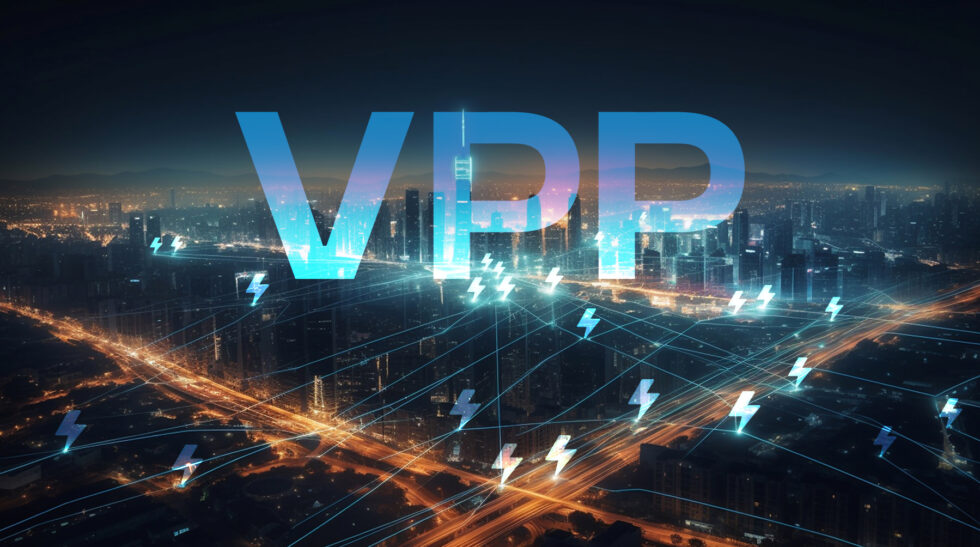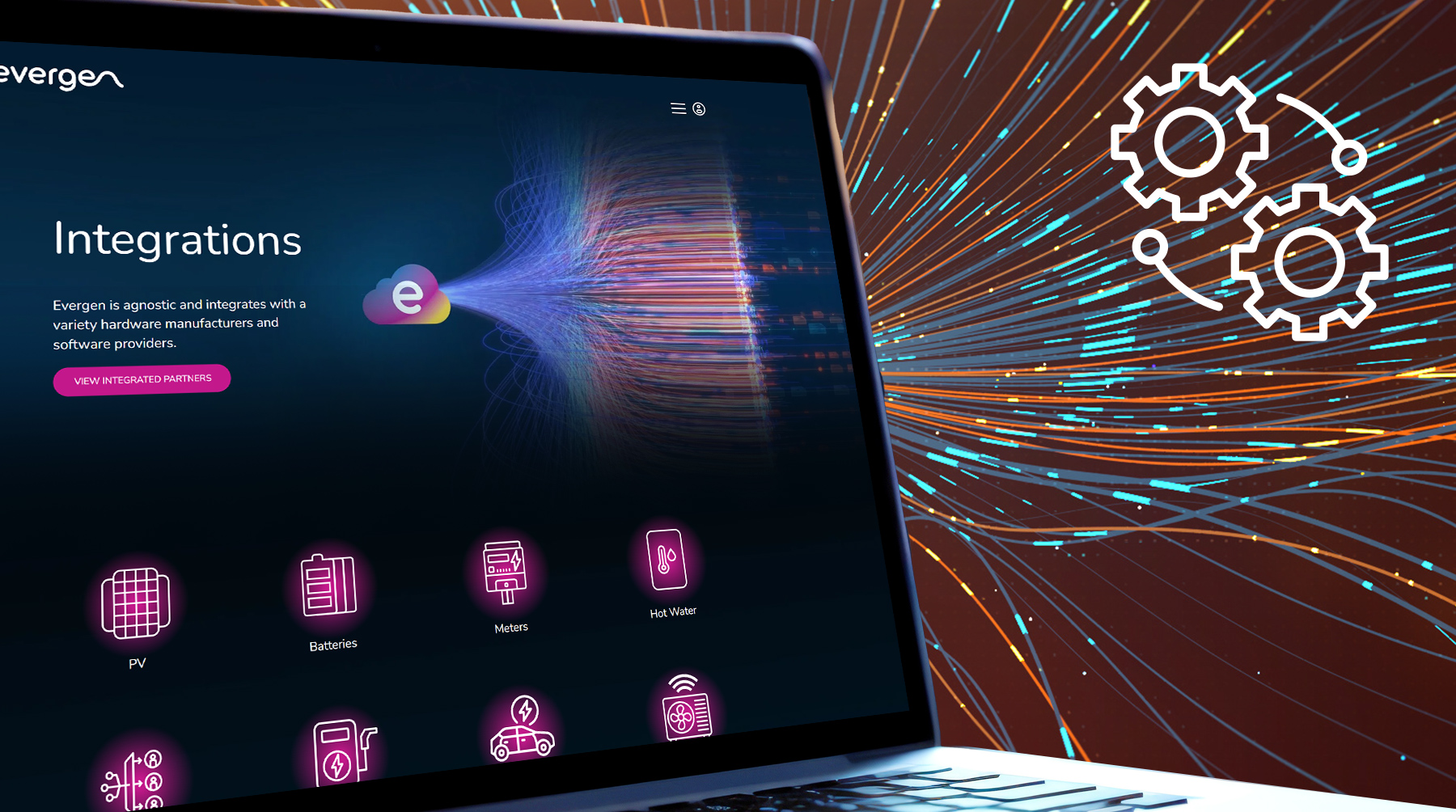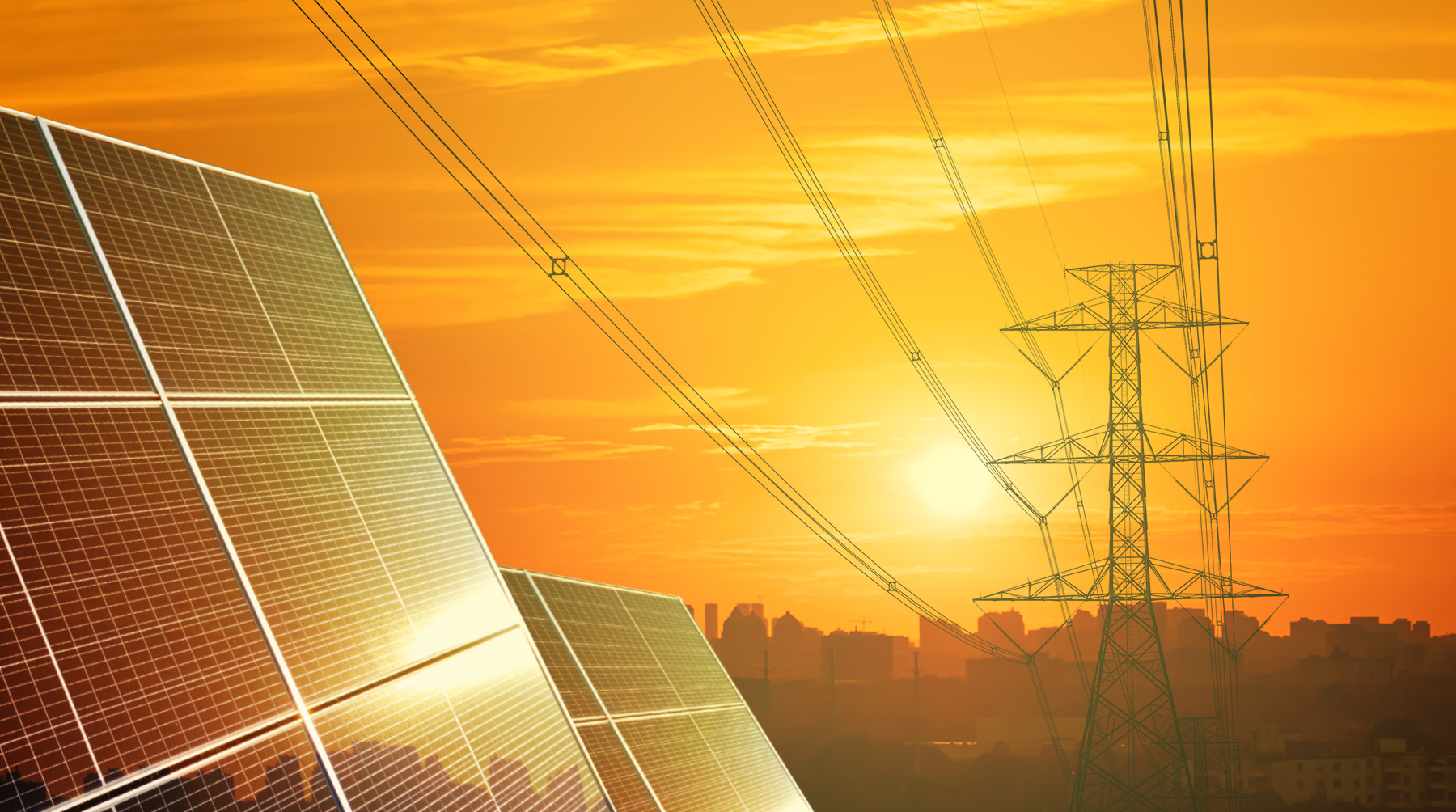Virtual Power Plants (VPPs) have emerged in the energy sector to allow distributed energy resources (DERs) to be aggregated and managed as a single entity. While there is no globally recognised definition; we define a VPP as a network of decentralised generators, flexible consumers (or loads) and storage. Such networks can be controlled and monitored from a central location.
The need for Virtual Power Plants
The traditional energy system relies heavily on centralised legacy fuel driven power plants. These plants generate electricity and distribute it to consumers through a transmission and distribution network (DNSPs). While this system has served us well for decades, grid operators around the world now face new challenges:
🌩️ Extreme weather events which generally increases demand for electricity (ie; heatwaves and arctic blasts)
🔋 Connection of new electrified energy loads (particularly EVs)
☀️ Increase in PV penetration and connection/impact on the grid
💸 Increased costs to maintain and upgrade an ageing network system (poles and wires)
The perfect alternative to the traditional grid
Virtual Power Plants provide a viable alternative to the traditional energy system. By aggregating DERs, VPPs can positively affect the health of a network and the business activities of companies who manage networks and retail energy.
To participate in a Virtual Power Plant, there are several things that are typically required. The specific requirements may vary depending on the VPP operator and location:
1. Distributed Energy Resources (DERs)
Such as solar and batteries (or other controllable appliances) behind the meter can generate and/or store energy. This energy can be dispatched and managed by an aggregator to meet demand and supply needs.
2. Communication and Control
To participate in a VPP, DERs need to be able to communicate with the VPP operator or aggregator and be controlled by them. This may involve installing additional hardware or connecting to software that allows the DERs to be remotely monitored and managed. In the case of Evergen, we provide a cloud-to-cloud solution for DER aggregation, requiring no additional hardware.
3. Internet Connectivity
DERs must be connected to the internet so they can communicate with the VPP operator and receive signals about when to discharge or store energy.
4. Compatible Technology
The DERs must have technology that is compatible with the VPP platform used by the operator (for example Energy Retailers or Network Operators).
5. Agreements with the VPP Operator
Participants typically need to sign an agreement with the VPP operator that outlines the terms of their participation, such as payment rates, energy usage, and requirements for equipment installation and maintenance.
When batteries are optimised by the Evergen platform, they are automatically enabled to participate in eligible VPPs.
The benefits of being part of a VPP
There are several participant benefits in a VPP:
1. Increased revenue
Participants can earn money by selling excess energy back to the grid or by participating in demand response programs that pay customers to reduce their energy usage during peak periods.
2. Lower energy bills
Participants can save money on their energy bills by using their own renewable energy sources and by participating in energy-saving programs. When batteries are optimised by Evergen Intelligent Control, consumers save on average, an additional 26.4% off their electricity bill.
3. Improved energy security
By pooling together multiple DERs, a VPP can provide a more stable and reliable energy supply, reducing the risk of blackouts and brownouts.
4. Environmental benefits
By using renewable energy sources and reducing energy waste, VPPs can help reduce greenhouse gas emissions and combat climate change.
5. Increased control over energy usage
Participants can have greater control over their energy usage and can choose when and how to use their energy sources, making them more self-sufficient.
The way of the future
Overall, getting involved in a VPP requires assessing asset suitability, researching VPP operators, contacting the operator, installing and integrating DERs, and participating in VPP programs. Educating consumers on energy models of the future and what is available today is very important to accelerate the transition to renewables and the global race to zero.




